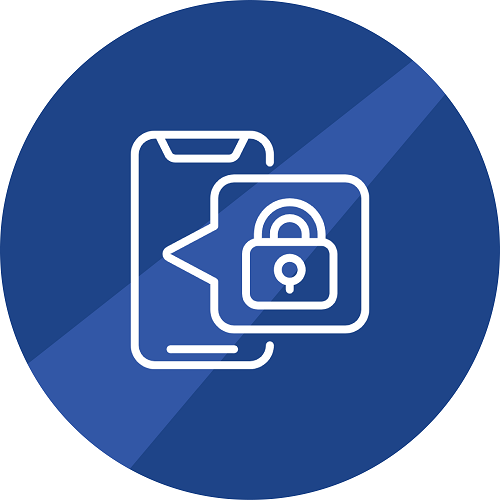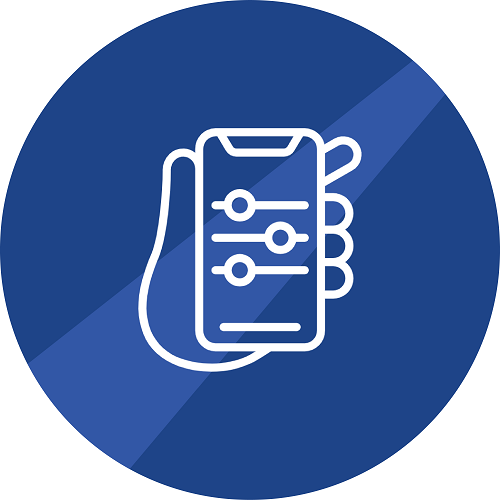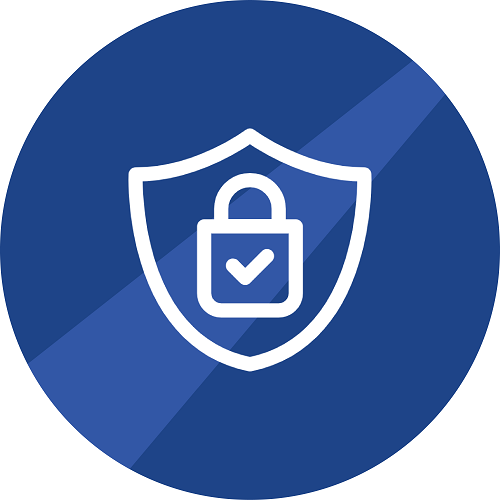Cyber Security
Overview
In today's era, digital transformation is at the forefront of many organizations. Quick ROI, digital experiences, and high adoption of cloud, AI and blockchain have changed risk postures adversely. SAP solutions are highly adopted due to their functionality, scalability and resiliency. However, this introduces inherent risks, making cybersecurity paramount.
At Taciti, we provide comprehensive risk assessments and tailored security solutions for SAP systems. Through rigorous analysis, we mitigate unauthorized access and data breaches, fostering a culture of vigilance and resilience. This proactive approach safeguards assets and enables organizations to thrive securely in an interconnected world.
Our primary objective is to fortify the ERP ecosystem, enhance awareness of cyber threats, and address compliance shortcomings related to SOX, NIST 800-53, PCI, GDPR, and ITAR regulations. We employ a risk-centric methodology aligned with industry best practices to meticulously craft a secure landscape. By doing so, we ensure comprehensive protection and resilience against evolving cyber threats, enabling organizations to operate securely and efficiently in a complex digital environment.

- SOX Compliance
- GDPR Compliance
- ITAR Compliance
- Least Privilege Principle
- Role-Based Access Control
- Critical Transaction Monitoring
- SOD Analysis
- Conflict Resolution
- Continuous Monitoring

- Business process controls
- IT General Controls (ITGCs)
- SOD ruleset
- Controls effectiveness testing

- Access Control (AC)
- Process Control (PC)
- Business Integrity
- Screening (BIS)
- Integration with IAM solutions (SailPoint, Saviynt) and ServiceNow

- Implement data masking solution in SAP ERP for regulatory compliance
- Map data in SAP ERP to adhere to ITAR export control regulations

- SAP ERP application scanning and monitoring for security vulnerabilities
- Code scanning and hardening for SAP ERP
- Operationalizing people, process, and tools for SAP ERP vulnerability management
Our Guiding Principles / Considerations
By adhering to these guiding principles, organizations can ensure a secure SAP environment that protects sensitive data, maintains compliance and supports business continuity.
Risk Management
Implement a comprehensive risk management framework to identify, assess and mitigate security risks associated with SAP systems. Ensure continuous monitoring and regular audits to address emerging threats.
Least Privilege
Adopt the principle of least privilege by granting users the minimum level of access necessary to perform their job functions. Regularly review and adjust access rights to prevent unauthorized access.
Segregation of Duties (SoD)
Enforce segregation of duties to prevent conflicts of interest and reduce the risk of fraud. Ensure that no single individual has control over all critical aspects of a business process.
Data Protection and Privacy
Ensure the confidentiality, integrity, and availability of sensitive data within SAP systems by implementing data encryption, masking, and anonymization techniques to protect personal and business-critical information.
Compliance and Auditability
Maintain compliance with relevant regulations and standards (e.g., GDPR, SOX, HIPAA) by implementing robust security controls and maintaining comprehensive audit trails. Facilitate regular security assessments and audits.
Continuous Monitoring and Incident Response
Establish continuous monitoring mechanisms to detect and respond to security incidents in real-time. Develop and maintain an incident response plan to address security breaches promptly and effectively.
Security by Design
Integrate security into the SAP application development lifecycle from the outset. Follow secure coding practices, perform regular security testing and ensure that security requirements are addressed during the design and development phases.
User Training and Awareness
Conduct regular security training and awareness programs for all users to promote a security-conscious culture. Ensure that users understand their roles and responsibilities in maintaining the security of SAP systems.
Patch Management
Implement a proactive patch management process to ensure that all SAP systems and components are up-to-date with the latest security patches and updates. Regularly review and test patches before deployment.
Third-Party Integration Security
Assess and manage the security of third-party applications and integrations with SAP systems. Ensure that third-party solutions comply with organizational security policies and standards.
Access Control and Authentication
Implement strong access control and authentication mechanisms, including multi-factor authentication (MFA), to protect SAP systems from unauthorized access. Regularly review and update access control policies.
Backup and Recovery
Establish a robust backup and recovery strategy to ensure the availability and integrity of SAP data in case of system failures, disasters or cyberattacks. Regularly test backup and recovery procedures.
Our Expertise
Assessment
- Comprehensive analysis and evaluation of existing IT infrastructure and systems
- Strategic recommendations tailored to optimize performance and security
- Actionable insights to enhance operational efficiency and mitigate risks
Digital Transformation
- Customized digital strategies aligned with business goals
- Seamless integration of cutting-edge technologies for enhanced productivity and innovation
- Agile adaptation to evolving market trends and customer demands
Managed Services
- Proactive monitoring and maintenance to ensure uninterrupted business operations
- Scalable solutions tailored to meet specific organizational needs
- Expert support and guidance to maximize IT investments and minimize downtime

